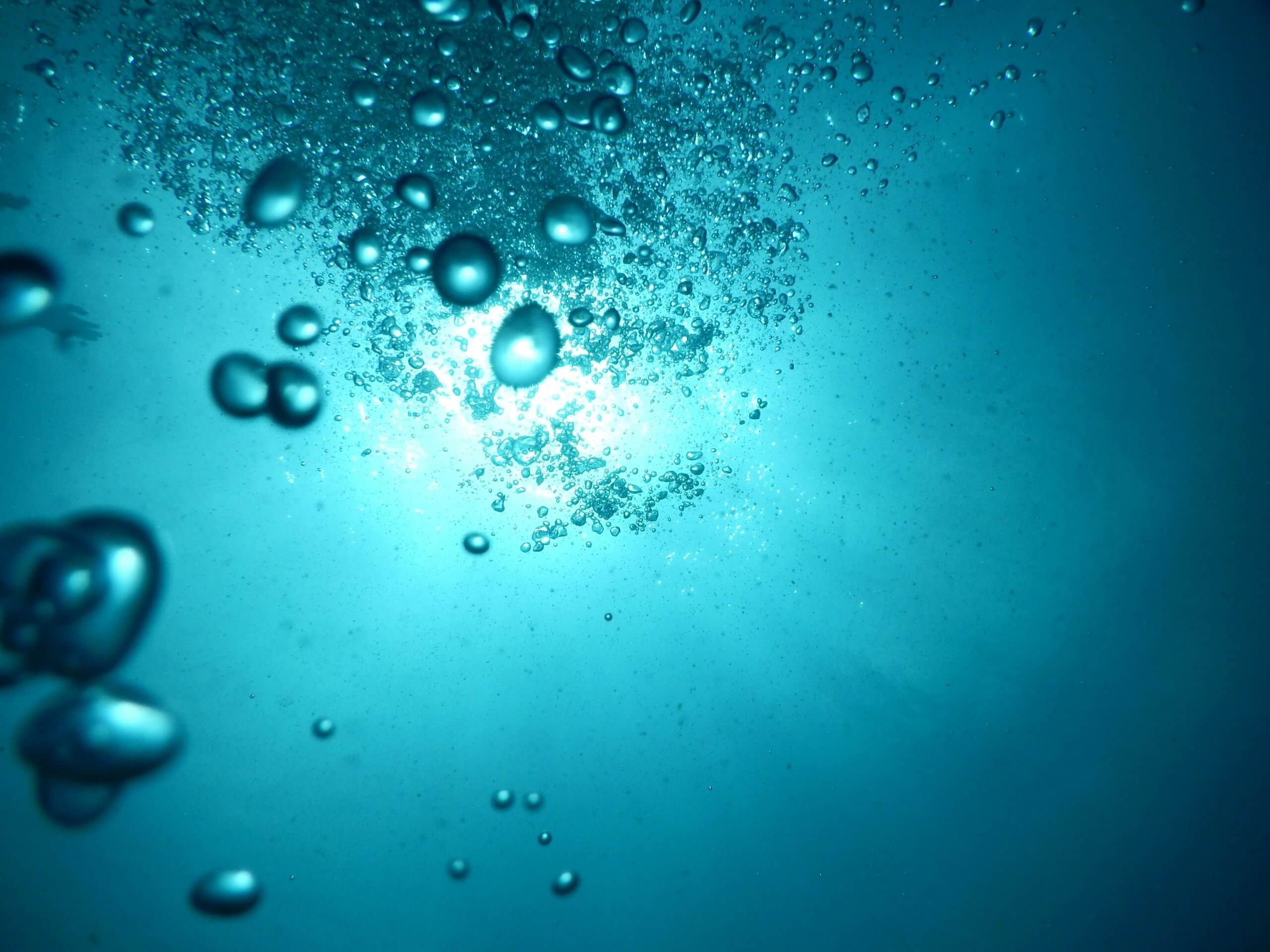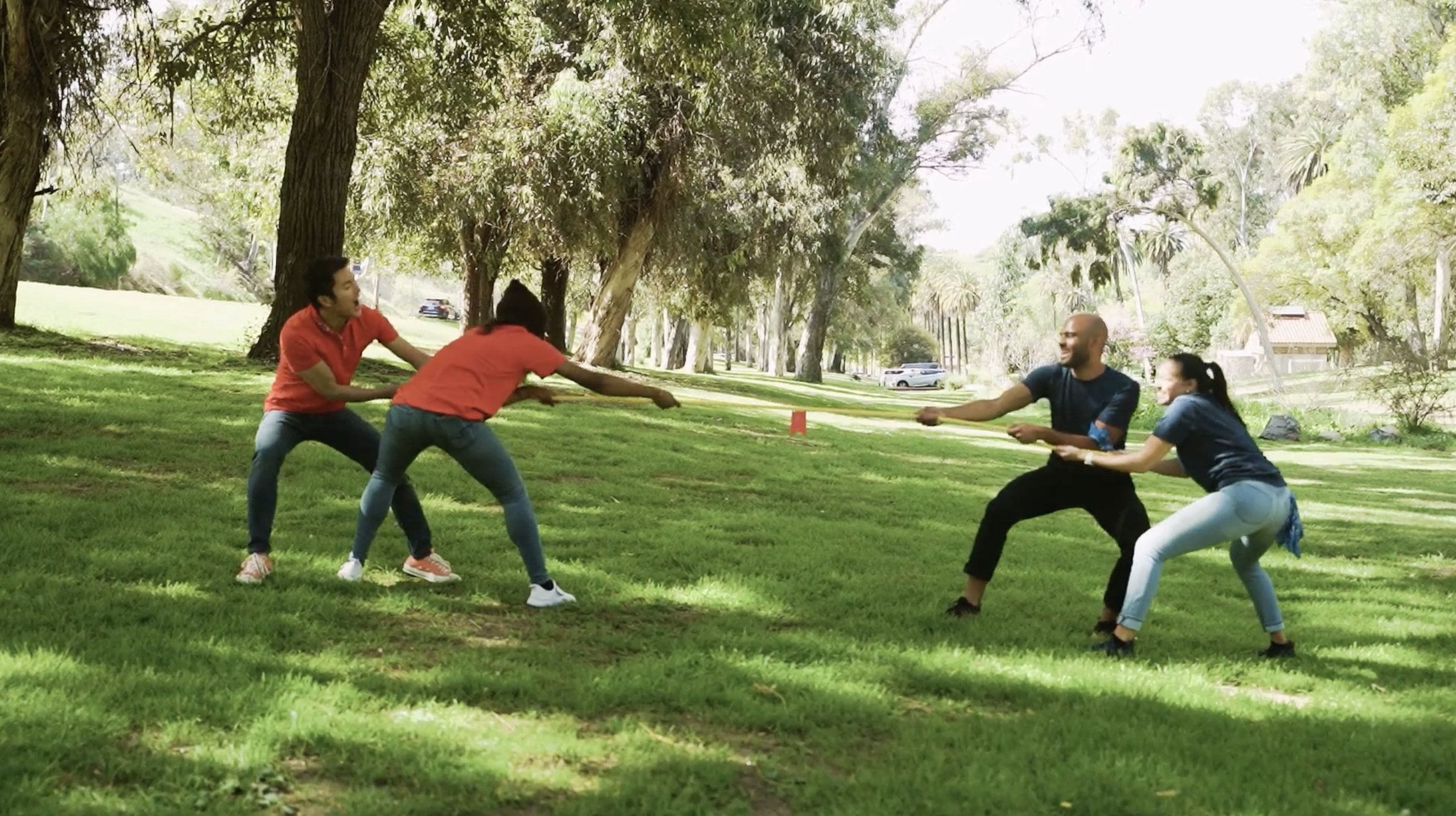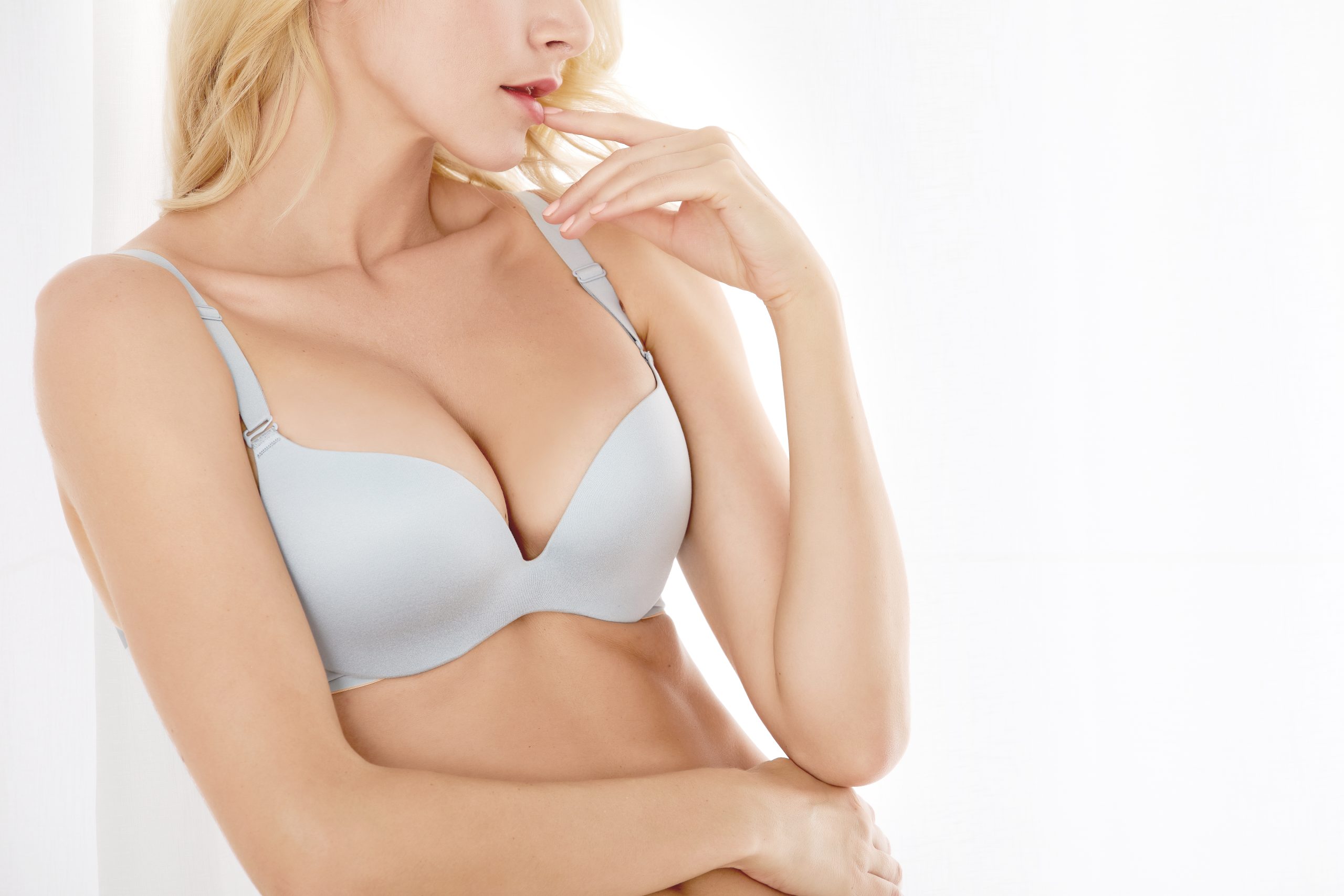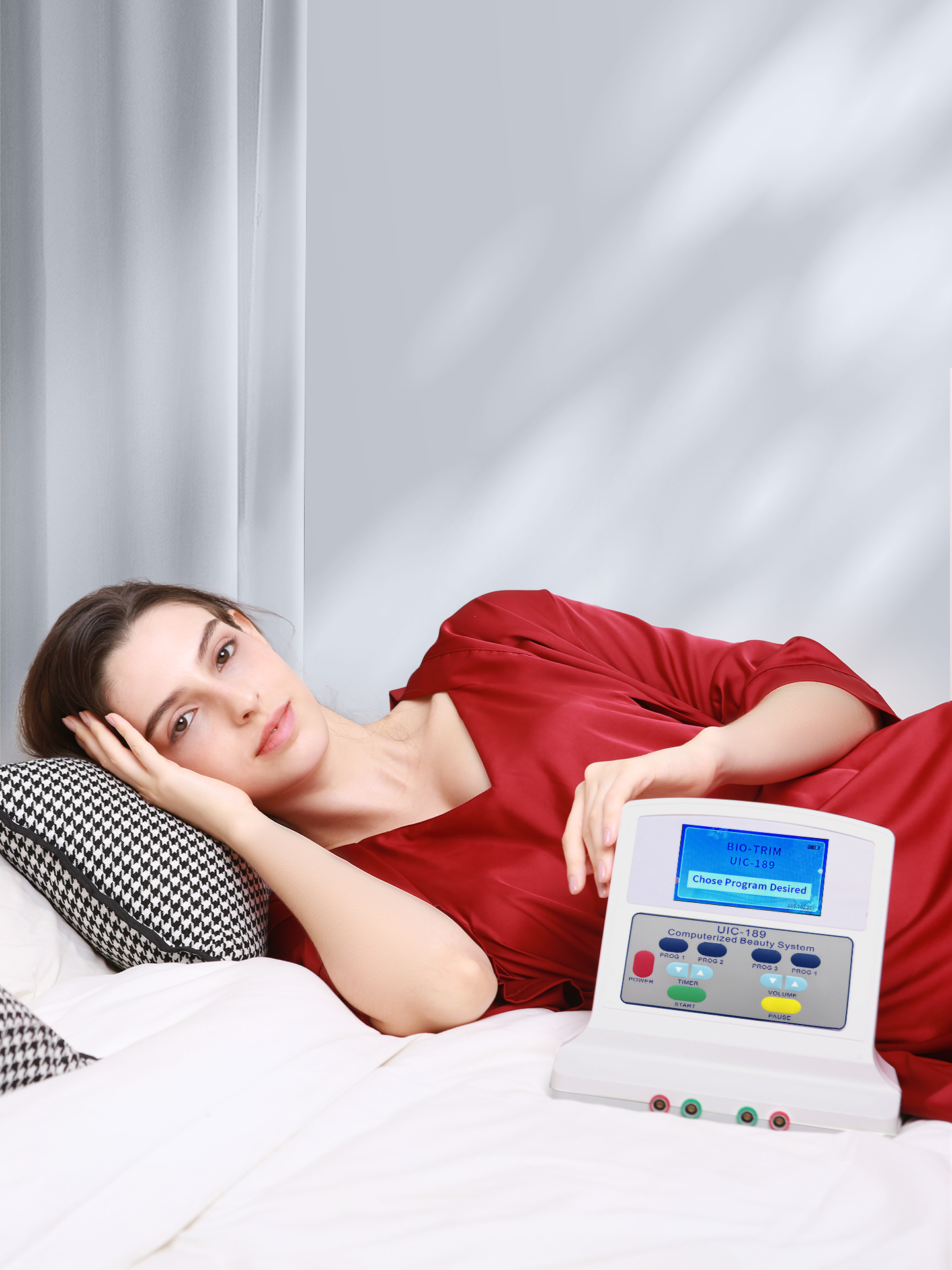Aging skin is dry and wrinkled? Here’s the key to letting your skin generate its own water!
Intracellular Hydration
Carbohydrate-rich foods are digested and absorbed into glucose, which enters the bloodstream to supply energy to all cells. Before glucose can be utilized as energy by cells, it must enter the cell and combine with oxygen in the mitochondria to synthesize adenosine triphosphate (ATP), the essential energy source for all cellular functions and performance. During the oxygenation process of glucose and oxygen, carbon dioxide and hydrogen atoms are produced as byproducts. The carbon dioxide is expelled from the cell, while two hydrogen atoms combine with one oxygen atom to form a water molecule (H₂O). This is a form of hydration that occurs within the cell.

Extracellular Hydration in Interstitial Tissues
To begin, it’s important to understand that when an atom or molecule loses an electron, it becomes a positively charged (cation) ion; conversely, when it gains an electron, it becomes a negatively charged (anion) ion. Table salt, consumed in the daily diet, is a sodium chloride (NaCl) compound. In the body, sodium chloride is dissociated by water molecules into positively charged sodium ions (Na⁺) and negatively charged chloride ions (Cl⁻). As water molecules dissociate sodium chloride, they are also dissociated by it: one hydrogen atom in the water molecule loses an electron to the chlorine atom, becoming a positively charged hydrogen ion (H⁺), while the remaining hydrogen atom and oxygen atom gain an electron from the sodium atom, forming a negatively charged hydroxide ion (HO⁻).
Microcurrents with positive and negative polarities operate based on the principle of like repelling like and opposites attracting. The positive microcurrent attracts the electron from the negatively charged hydroxide ion (HO⁻), turning it into a hydroxyl group (HO). Meanwhile, the positively charged hydrogen ion (H⁺) receives an electron from the negative microcurrent to replenish its lost electron, becoming a neutral hydrogen atom (H). The hydrogen atom (H) then recombines with the hydroxyl group (HO) to form a water molecule (H₂O) once again. This is another form of hydration that occurs in the extracellular interstitial tissues.
Microcurrents and Intra/Extracellular Hydration
Collagen fibers and elastic fibers in the dermis are composed of collagen and elastin proteins, which are synthesized from amino acids within fibroblasts. Similar to the amino acid-based structure of jellyfish skin found in food, these fibers possess water-absorbing and water-retaining properties. Therefore, hydration—whether intracellular or extracellular—is crucial for supporting the strength, elasticity, and moisture retention of these two types of fibrous tissues in the dermis.
Microcurrent Technology for Cellular Hydration
Whether it’s intracellular or extracellular hydration, the Bio-Trim UIC Multi-Frequency Microcurrent Series Beauty Device Prog 3 (ETR) can achieve instant results in a short amount of time, helping the skin maintain a hydrated, plump, and elastic appearance from the inside out.
Other articles
Others




